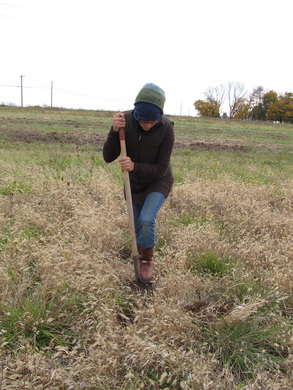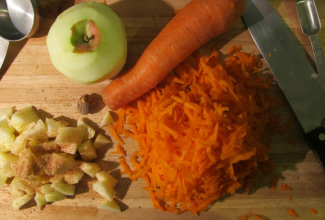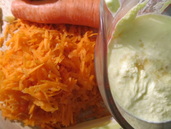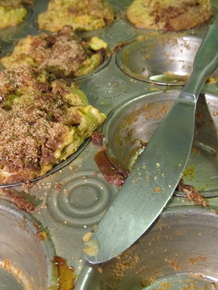|
Dear Friends, So this is the time of year when we come to you and ask or offer the question: Do You Want To Join Us As CSA Members In 2014? It is a question with many follow-up questions: Does CSA fit into your life? Was this year’s selection of vegetables enough to meet the needs of your diet and palate, offering you challenge, reward, experimentation, and accomplishment? Are you creative enough to find place for Tat Soi on your dinner table, patient enough to peel butternut squash, willing to put work and forethought into your meals? Was it enriching coming to the farm at sunset to pick a bouquet for a friend with the flu or a neighbor who adores sunflowers, do peas and beans taste better when you and your kids picked them yourselves, can you find a partner to split a share with if the bounty is forcing you to bite off more than you can chew? The decision to join, or re-join, a CSA can be slightly complicated, depending on how complex your life is, and how much time you’re willing & able to devote to being in a kitchen. As a farmer, food-lover, and someone borderline-obsessively-devoted to enjoying every meal I eat, I like to think, from the standpoint of the product alone, choosing to purchase food through CSA is not a hard decision: locally grown produce is so nutritious, abundant, fresh, and striking in flavor that I cannot imagine wanting to get food from any source other than a farm, except perhaps one’s own backyard. But I also realize that for those who might not be accustomed to preparing unprocessed vegetables 2-3 times a day, leaping into CSA can be overwhelming. We aim to meet you half-way: share ideas, simple recipes, and warnings of roasted kale experiences which went awry. It’s a learning process for each of us; we hope you’re joining, or returning, for the frustration and fun in 2014. I have spent several years now reflecting on this concept of Community Supported Agriculture as it pertains to the revival of farming, and local, transparent, holistic, and mutually-beneficial food systems. The idea of CSA is based on guiding principles which redefine the producer-consumer relationship; the farm becomes, “either legally or spiritually, the community's farm, with the growers and consumers providing mutual support and sharing the risks and benefits of food production.”[i] This is pretty revolutionary: producers and consumers forming relationships which surpass the simple exchange of money, but instead admit a co-dependency, and thus becoming co-creators of a farm; producers and consumers building a relationship which is at once both spiritual and economic. CSA comes out of a reconsideration of the role of agriculture within a community, centering on creating “a more local and equitable agricultural system, one that allows growers to focus on land stewardship and still maintain productive and profitable small farms.”[ii] Because the farmer is deeply aligned with the community and endowed with the support of the community, the focus can shift from a profit-driven enterprise, to one which addresses the needs of the land and of the people involved.[iii] The switch from profit-driven to land-and-human-driven feels like a huge, precarious, and economically-ill-advised one. Sure, Anton and I must concern ourselves with profit: we are, after all, a business, and we do concern ourselves with sustainability in the sense of being able to sustain ourselves: finding enough success, and profit, to gain a livable income from the farm—pay a mortgage, raise a family, maintain a healthy quality of life, reinvest in our farm to reduce our dependence on fossil fuels and outside inputs. But CSA allows for a slightly different mindset—the security of being supported by a community of eaters, even before the season begins, creates a place for us to make farming decisions out of carefulness, deliberateness, and attention—out of, you might say, a place of freedom. Of course, some of you might entertain my philosophical musings, but are mostly in it for the weekly selection of carrots, onions, lettuce, garlic, greens, herbs, and flowers, and that’s okay too. It doesn’t have to be one or the other. We’re grateful for the support; we hope you are too. Sincerely, Lisa and Anton [i] “Defining Community Supported Agriculture,” Suzanne DeMuth. September 1993. http://www.nal.usda.gov/afsic/pubs/csa/csadef.shtml [ii] Ibid. [iii] “Community Farms in the 21st Century: Poised for Another Wave of Growth?” Steven McFadden. http://newfarm.rodaleinstitute.org/features/0104/csa-history/part1.shtml
0 Comments
Leave a Reply. |
Archives
December 2019
FarmersAnton M. Shannon Categories
All
|





 RSS Feed
RSS Feed